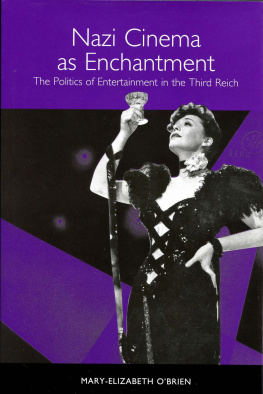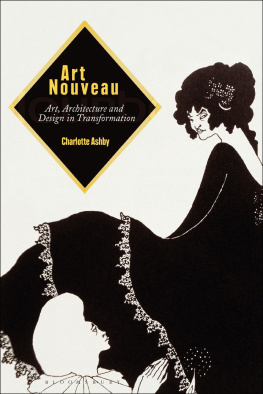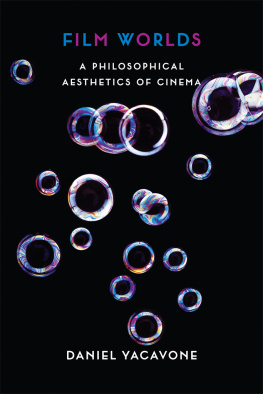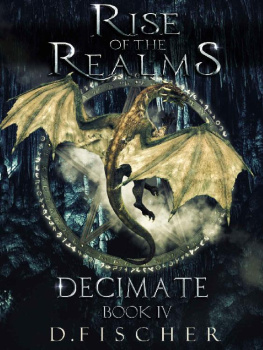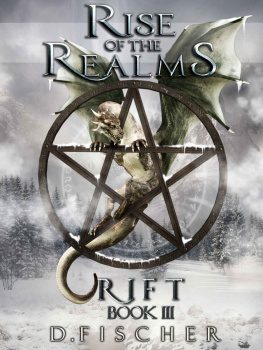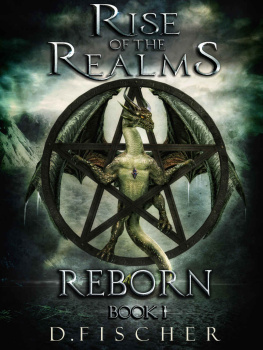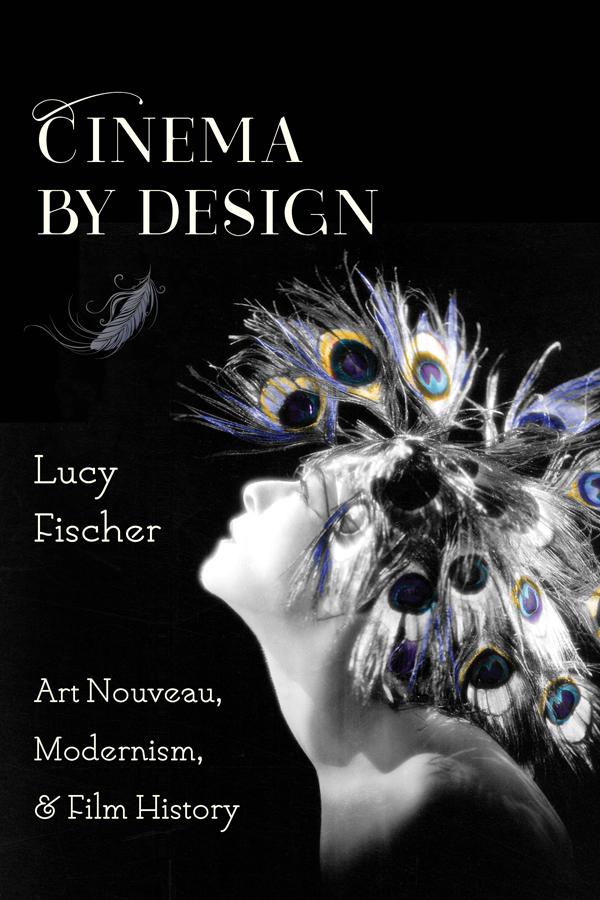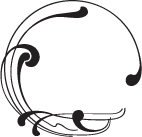Lucy Fischer - Cinema by Design: Art Nouveau, Modernism, and Film History
Here you can read online Lucy Fischer - Cinema by Design: Art Nouveau, Modernism, and Film History full text of the book (entire story) in english for free. Download pdf and epub, get meaning, cover and reviews about this ebook. year: 2017, publisher: Columbia University Press, genre: Non-fiction. Description of the work, (preface) as well as reviews are available. Best literature library LitArk.com created for fans of good reading and offers a wide selection of genres:
Romance novel
Science fiction
Adventure
Detective
Science
History
Home and family
Prose
Art
Politics
Computer
Non-fiction
Religion
Business
Children
Humor
Choose a favorite category and find really read worthwhile books. Enjoy immersion in the world of imagination, feel the emotions of the characters or learn something new for yourself, make an fascinating discovery.

- Book:Cinema by Design: Art Nouveau, Modernism, and Film History
- Author:
- Publisher:Columbia University Press
- Genre:
- Year:2017
- Rating:5 / 5
- Favourites:Add to favourites
- Your mark:
Cinema by Design: Art Nouveau, Modernism, and Film History: summary, description and annotation
We offer to read an annotation, description, summary or preface (depends on what the author of the book "Cinema by Design: Art Nouveau, Modernism, and Film History" wrote himself). If you haven't found the necessary information about the book — write in the comments, we will try to find it.
Art Nouveau thrived from the late 1890s through the First World War. The international design movement reveled in curvilinear forms and both playful and macabre visions and had a deep impact on cinematic art direction, costuming, gender representation, genre, and theme. Though historians have long dismissed Art Nouveau as a decadent cultural mode, its tremendous afterlife in cinema proves otherwise. In Cinema by Design, Lucy Fischer traces Art Nouveaus long history in films from various decades and global locales, appreciating the movements enduring avant-garde aesthetics and dynamic ideology.
Fischer begins with the portrayal of women and nature in the magical trick films of the Spanish director Segundo de Chomn; the elite dress and dcor design choices in Cecil B. DeMilles The Affairs of Anatol (1921); and the mise-en-scne of fantasy in Raoul Walshs The Thief of Bagdad (1924). Reading Salome (1923), Fischer shows how the cinema offered an engaging frame for adapting the risqu works of Oscar Wilde and Aubrey Beardsley. Moving to the modern era, Fischer focuses on a series of dramatic films, including Michelangelo Antonionis The Passenger (1975), that make creative use of the architecture of Antoni Gaud; and several European works of horror The Abominable Dr. Phibes (1971), Deep Red (1975), and The Strange Color of Your Bodys Tears (2013)in which Art Nouveau architecture and narrative supply unique resonances in scenes of terror. In later chapters, she examines films like Klimt (2006) that portray the style in relation to the art world and ends by discussing the Art Nouveau revival in 1960s cinema. Fischers analysis brings into focus the partnership between Art Nouveaus fascination with the illogical and the unconventional and filmmakers desire to upend viewers perception of the world. Her work explains why an art movement embedded in modernist sensibilities can flourish in contemporary film through its visions of nature, gender, sexuality, and the exotic.
Lucy Fischer: author's other books
Who wrote Cinema by Design: Art Nouveau, Modernism, and Film History? Find out the surname, the name of the author of the book and a list of all author's works by series.


